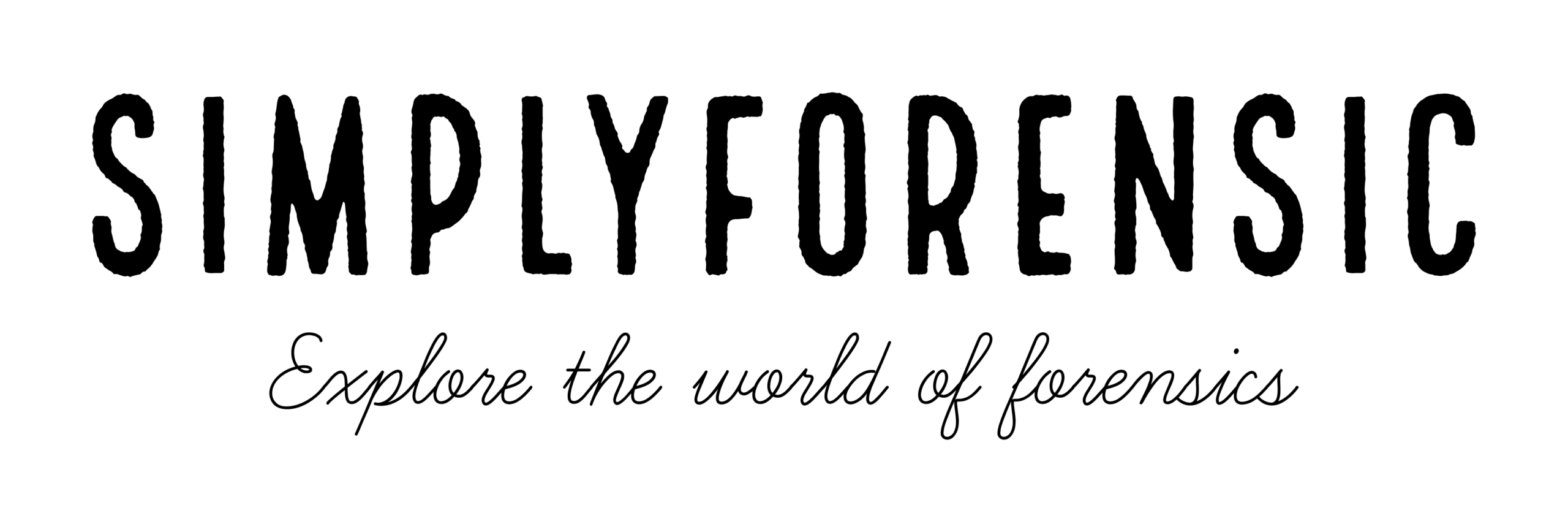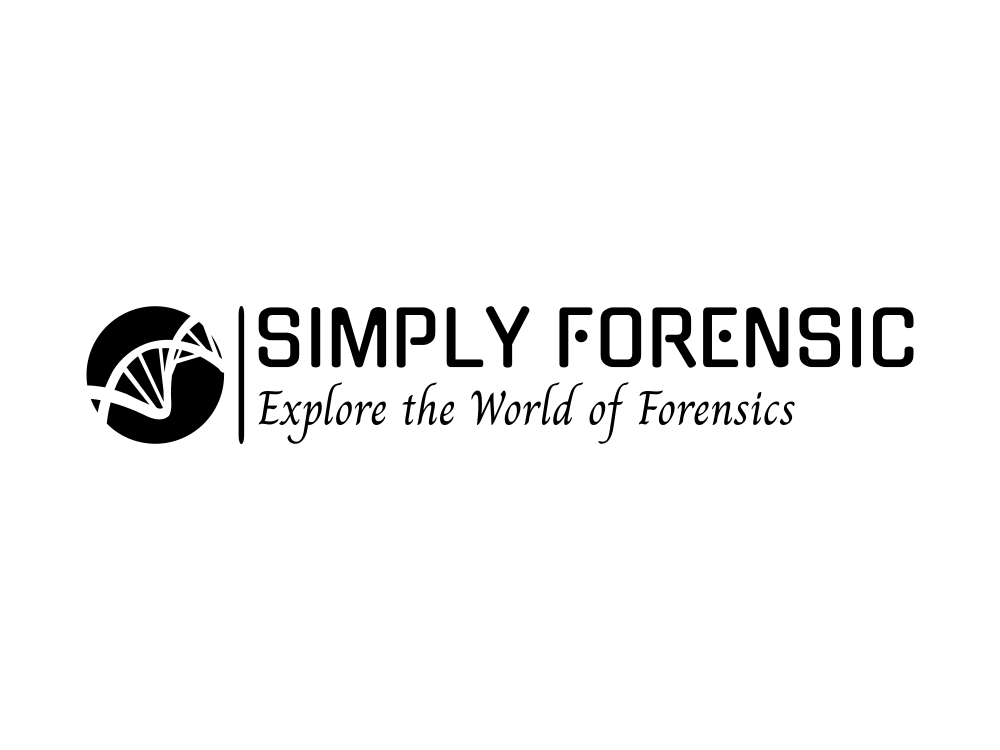In the continuously expanding field of forensic science
- The Origins of Forensic Podiatry
- The Role of the American Society of Forensic Podiatry
- The Scope of Forensic Podiatry
- Evidence Collection: Techniques in Forensic Podiatry
- Analyzing Footprints and Shoeprints
- Gait Analysis: A Unique Forensic Tool
- Advantages of Forensic Podiatry in Crime Investigations
- Challenges and Limitations in Forensic Podiatry
- Conclusion: Forensic Podiatry’s Growing Importance
The Origins of Forensic Podiatry
Forensic podiatry may seem like a modern specialty, but its roots go back much further than many would think. The first known instance of foot-related evidence
One of the most famous cases to bring forensic podiatry into the spotlight was the O.J. Simpson trial in 1995. Investigators found bloody shoeprints at the crime scene. The analysis revealed that the shoeprints came from a rare, expensive brand. This brand matched Simpson’s shoe size. Though this evidence was not conclusive, it played a significant role in the case. It illustrated how shoeprint analysis could be used in legal proceedings.
The Role of the American Society of Forensic Podiatry
As forensic podiatry grew in importance, the need for a governing body became clear. In 2003, Dr. John DiMaggio founded the American Society of Forensic Podiatry to promote the use of podiatric knowledge in criminal investigations. This organization also sets standards for professional practice, ensuring that forensic podiatrists maintain high levels of expertise and ethics.
Over the years, interest in forensic podiatry has increased significantly. Many schools and universities have established forensic podiatry clubs. Examples include the New York School of Podiatric Medicine and Barry University’s School of Podiatric Medicine. These clubs help students learn how to apply their medical knowledge in forensic contexts.
The Scope of Forensic Podiatry
Forensic podiatry covers a wide range of activities. These activities include analyzing medical records and studying shoeprints and footprints left at crime scenes. The four primary areas of forensic podiatry include:
- Podiatric Treatment Records: These records include details about foot conditions and surgeries. They can help link individuals to crime scenes by comparing their medical history to the evidence.
- Footprint Analysis: This involves studying bare footprints, both static (when standing) and dynamic (while walking or running). Such footprints can provide clues about a person’s gait and other physical characteristics.
- Footwear Analysis: The way shoes fit, their wear patterns, and unique details can connect a suspect to a crime scene. They can also exclude a suspect from it. For example, a specific tread pattern or wear on a shoe can be compared with prints found at the scene.
- Gait Analysis: This involves studying how a person walks. Gait can be captured on CCTV footage or inferred from a sequence of footprints. Differences in how people walk—due to injuries or unique biomechanics—can help identify a suspect.
Evidence Collection: Techniques in Forensic Podiatry
Though forensic podiatrists usually don’t collect evidence directly, they need to understand how evidence is collected to interpret it accurately. There are two main methods for collecting footprint evidence:
- Lifting Techniques: When dealing with two-dimensional footprints or shoeprints, lifting techniques are employed. These methods involve transferring the impression from its original surface to a contrasting surface. This enhances visibility and preserves the evidence for later examination. Adhesive, electrostatic, and gelatin lifts are commonly used for collecting dusty prints. Silicone-based solutions can adhere to and lift prints from various surfaces.
- Casting Techniques: For three-dimensional impressions, such as footprints left in mud or snow, specific casting materials are used. These include dental stone or silicon-based products. They are used to capture the impression. These casts preserve the depth and detail of the print for future analysis.
Regardless of the technique employed, it’s essential to photograph footprints or shoe impressions thoroughly. This should be done before collecting them to avoid losing valuable information. Proper documentation ensures that if the print is altered or damaged during collection. Investigators can still rely on the photographic evidence.
Analyzing Footprints and Shoeprints
Once a footprint or shoeprint has been collected, forensic podiatrists can extract a surprising amount of information. Both footprints and shoeprints can provide insights that are crucial for crime scene reconstruction and suspect identification.
Key Characteristics of Footprints
Footprints provide a wealth of details about the person who left them. Forensic podiatrists examine both individual characteristics, like unique deformities, and class characteristics, like foot size and arch type.
Quantitative Evidence: Forensic podiatrists can quantify several aspects of a footprint, including:
- Length and Breadth: Measuring the length from the heel to the longest toe can provide reliable estimations of an individual’s height. Measuring the breadth from the lateral to the medial protrusion can estimate an individual’s weight and sex.
- Ratios and Indices: Calculations like the heel-ball index measure the distance between the heel and ball of the foot. These calculations can exhibit sexual dimorphism
 Sexual dimorphism, the differences in appearance between males and females of the same species, such as in colour, shape, size, and structure, that are caused by the inheritance of one or the other sexual pattern Read Full Definition. This aids in gender determination.
Sexual dimorphism, the differences in appearance between males and females of the same species, such as in colour, shape, size, and structure, that are caused by the inheritance of one or the other sexual pattern Read Full Definition. This aids in gender determination. - Regression Models: Sophisticated regression models have been developed. They combine multiple foot and shoe dimensions to predict an individual’s sex with high accuracyIn scientific and measurement contexts, "accuracy" refers to the degree of proximity or closeness between a measured value and the true or actual value of the measured quantity. Accuracy indicates how well a measurement reflects Read Full Definition.
Qualitative Characteristics: Beyond quantitative measurements, forensic podiatrists also analyze qualitative features of footprints, such as:
- Toe Print Shape: The shape of the toe prints can provide unique identifiers. The presence or absence of toe lines can also help. Additionally, any distinctive humps or creases can provide unique identifiers.
- Skin Markings: Corns, pits, cracks, and deformities on the skin can be highly individualistic. They can aid in linking a suspect to a crime scene.
- Foot Type: The classification of foot types. Types such as pes planus (flat feet) can offer additional clues about the individual who left the print.
By combining these individual and class-level characteristics, forensic podiatrists can construct a comprehensive profile. This profile aids investigators in crime scene reconstruction and suspect identification.
Shoeprint Analysis
Shoeprints are often found at crime scenes, especially when the perpetrator is wearing shoes. These prints can reveal:
- Shoe Brand and Style: Identifying the brand and type of shoe can narrow down the list of suspects.
- Size and Fit: Shoe size can provide clues about the wearer’s stature and weight. The degree of wear or fit can also indicate gait compensations.
- Wear Patterns: Unique wear patterns on the outsole, insole, or upper structure of a shoe can serve as identifying characteristics. These patterns can link a suspect to a crime scene. They can also establish dissociation.
Gait Analysis: A Unique Forensic Tool
Forensic podiatrists also study gait, which refers to the way a person walks. Gait analysis is particularly useful when there is CCTV footage of a suspect walking. It is also useful when there are multiple footprints showing movement at a crime scene. A person’s gait can be affected by various factors, such as injuries, foot deformities, or even fatigue.
- CCTV Footage: By analyzing footage of a suspect walking, forensic podiatrists can identify unique walking characteristics. These characteristics may not be immediately noticeable to the untrained eye.
- Footprint Patterns: The distance between footprints, their angles, and the depth of impressions can reveal how fast someone was moving. It can also show if they were limping or had an unusual walking pattern.
- Biomechanical Analysis: By studying the biomechanics of a person’s gait, forensic podiatrists can detect underlying physical conditions. This analysis could further narrow down suspect identification.
Advantages of Forensic Podiatry in Crime Investigations
Forensic podiatry brings several advantages to crime investigations:
- Crime Scene Reconstruction: Footwear and gait analysis can help reconstruct the sequence of events at a crime scene. This includes details such as how the suspect entered or exited the location.
- Identifying Suspects: Unique features in footprints or shoeprints can link a suspect to multiple crime scenes. Combined with gait analysis, they can prove a suspect’s presence at a specific location.
- Court Testimony: Forensic podiatrists can provide expert testimony, explaining how the foot-related evidence was used to support the case.
- Detecting Injuries: Gait analysis can reveal whether a suspect had an injury at the time of the crime. This can potentially offer clues about their movements or motive.
Challenges and Limitations in Forensic Podiatry
Despite its many benefits, forensic podiatry faces certain challenges:
- Limited Availability of Foot Evidence: Not every crime scene will contain useful foot-related evidence. Some footprints may be partial, degraded, or not present at all.
- Subjectivity in Analysis: Footprint and gait analysis can be subjective, meaning experts may sometimes disagree on their interpretations.
- Research Gaps: Forensic podiatry is still developing, and more research is needed to standardize methods and best practices.
- Cost and Time Constraints: Analyzing foot-related evidence can be expensive and time-consuming, especially in resource-limited investigations.
Conclusion: Forensic Podiatry’s Growing Importance
Forensic podiatry is becoming a crucial part of forensic investigations. It has the ability to provide unique insights into crime scenes and suspect identification. Forensic podiatrists analyze footprints and shoeprints. They also study gait patterns. This helps law enforcement agencies uncover evidence that might otherwise go unnoticed. As technology advances, the field of forensic podiatry will continue to grow in both scope and influence. More research will contribute to more accurate and efficient criminal investigations.
What is the role of forensic podiatry in criminal investigations?
Forensic podiatry is a specialized branch in criminal investigations that utilizes knowledge of foot anatomy, biomechanics, and gait analysis to provide crucial insights from footprints and shoe impressions at a crime scene. It aids in suspect identification, crime scene reconstruction, and provides expert testimonies in court.
What are the four fundamental domains of forensic podiatry?
Forensic podiatry encompasses four key areas: Podiatric Treatment Records, Footprint Analysis, Footwear Analysis, and Gait Analysis. These areas involve examining medical records, analyzing footprints and footwear, and studying an individual’s gait to provide evidence in identifying perpetrators or reconstructing crime scenes.
How is evidence collected in forensic podiatry?
Evidence in forensic podiatry is collected using lifting techniques for two-dimensional footprints or shoeprints, and casting techniques for three-dimensional footprints or impressions. The method depends on the type of evidence left behind, such as a removable footprint on a tile or an impression in snow or mud.
What are the advantages and limitations of forensic podiatry?
Forensic podiatry provides valuable insights for crime scene reconstruction, suspect identification, and expert testimonies in court. However, it also faces challenges such as limited evidence availability, subjectivity in analysis, limited research, and resource constraints. Despite these, ongoing advancements hold the potential to further strengthen this field.










